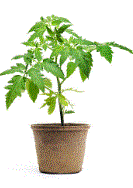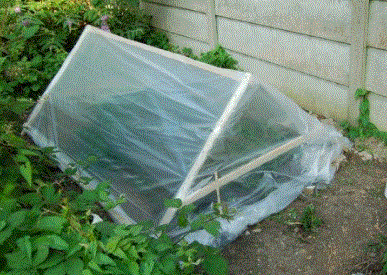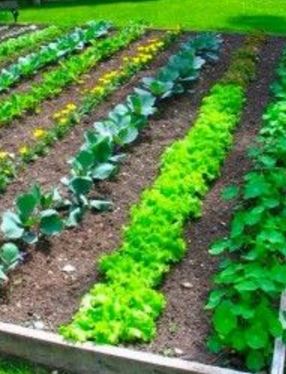By Donna Westfall – March 28, 2022
It’s Spring! With predictions of food shortages for the coming year or years, it’s always wise to start growing your own. It’s really very simple. Even if you don’t have land, you can still produce food in buckets and other containers. First let’s look at frost dates.
What are Frost Dates?
A frost date is the average date of the last light freeze in spring:
Starting your seeds inside and then transplanting them outside only to see them die due to frost is very frustrating. In order to avoid that here are some definitions.
The classification of freeze temperatures is based on their effect on plants:
- Light freeze: 29° to 32°F — tender plants are killed.
- Moderate freeze: 25° to 28°F — widely destructive to most vegetation.
- Severe freeze: 24°F and colder—heavy damage to most garden plants
This year the last frost is predicted to be March 31st. However; this coming week has temperatures in the 40’s and 50’s. There’s an excellent planting calendar at this website: https://www.almanac.com/gardening/planting-calendar/CA/Crescent%20City.

Should you successfully transplant your seedlings into the ground and then become aware of impending frost, get some plastic sheeting to cover those plants for an added layer of protection.

As an organic gardener, planting tomatoes every year is a must for our family. Not just because of concerns for food shortages, but mainly because they just taste so much better. Most of the time we have to put them in the greenhouse or shed under grow lights to have them ripen properly.
With the price of everything going up, even seed packets are getting expensive. Best to find out about seed exchanges and gardening clubs. This past Saturday, March 26th at the Community Garden next to Open Door located near the corner of Washington and Northcrest, a FREE seed giveaway was held.
There are lots of ways to get started that cost virtually nothing. Little tricks like using egg shells as planters for those seeds.
Spend 5 or 10 minutes a day, planting, transplanting, watering and before you know it, it will be time to harvest.


